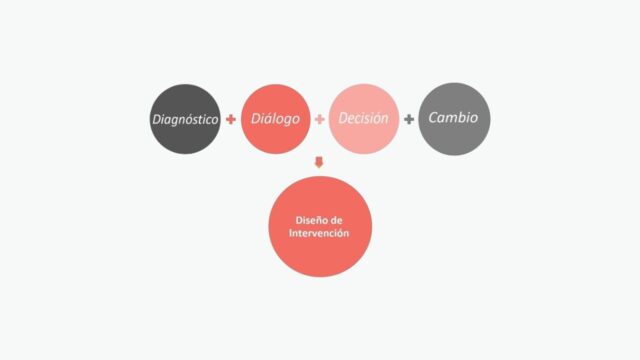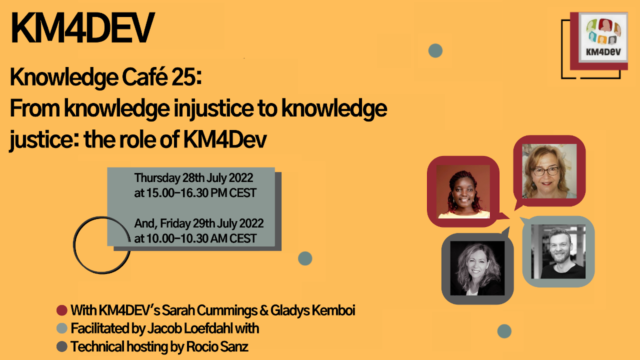
Exploring the science of complexity series (part 21): Conclusions – How do the concepts of complexity science fit together?
This article is part 21 of a series of articles featuring the ODI Working Paper Exploring the science of complexity: Ideas and implications for development and humanitarian efforts.
The concepts outlined [in this series] … illustrate a range of ideas and perspectives, many of which are closely related to each other. When starting our exploration, we were struck by how few successful attempts there had been at making a clear and comprehensive explanation of the different concepts of complexity and how they fit together. After struggling for some time with organising the key concepts, we settled on what felt like the most pragmatic categorisation – albeit an imperfect one – into concepts which relate to systems, change, and agency.
In doing so, we realised that complexity science as a set of concepts was distinct from many other fields of intellectual endeavour – from sociology and economics through to physics, mathematics and philosophy. Following Capra1, it is useful to note that scientific knowledge is usually characterised with reference to the metaphor of a building. The ease with which the terms ‘foundations’, ‘pillars’ and ‘structures’ of knowledge are used indicates the prevalence of this architectural metaphor. Our difficulty was in trying to represent complexity science concepts as though they were parts of a building. They are, in fact, more like a loose network of interconnected and interdependent ideas. A more detailed look highlights conceptual linkages and interconnections between the different ideas. The best way to see how they fit together in the development and humanitarian field would be to try to apply them to a specific challenge or problem.
This notion of complexity as a network of ideas means – perhaps disturbingly – that a firm foundation for complexity may not be achievable. This notion contrasts sharply with the perspective that ‘the grand edifice’ of complexity is yet to be erected, as highlighted in our introduction. According to some, this is because of the relative newness of complexity science in the social sciences and indeed in the physical and biological sciences.
Based on our reading, however, a grand edifice may never be erected along the lines of, for example, neoclassical economics. If this is the case, it may be that we need to become better accustomed to a network-oriented model of how knowledge and ideas relate to each other.
Next part (part 22): Conclusions – What do the complexity science concepts offer to those facing international development and humanitarian problems?
Article source: Ramalingam, B., Jones, H., Reba, T., & Young, J. (2008). Exploring the science of complexity: Ideas and implications for development and humanitarian efforts (Vol. 285). London: ODI. (https://www.odi.org/publications/583-exploring-science-complexity-ideas-and-implications-development-and-humanitarian-efforts). Republished under CC BY-NC-ND 4.0 in accordance with the Terms and conditions of the ODI website.
Header image source: qimono on Pixabay, Public Domain.
Reference:
- Capra, F. (1996). The Web of Life, London: Flamingo/Harper Collins. ↩






